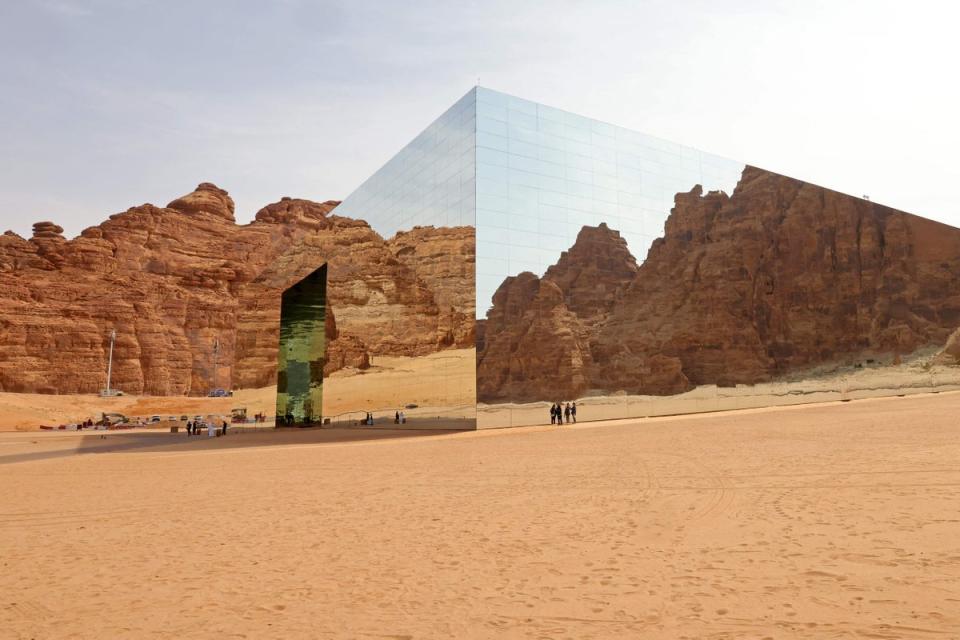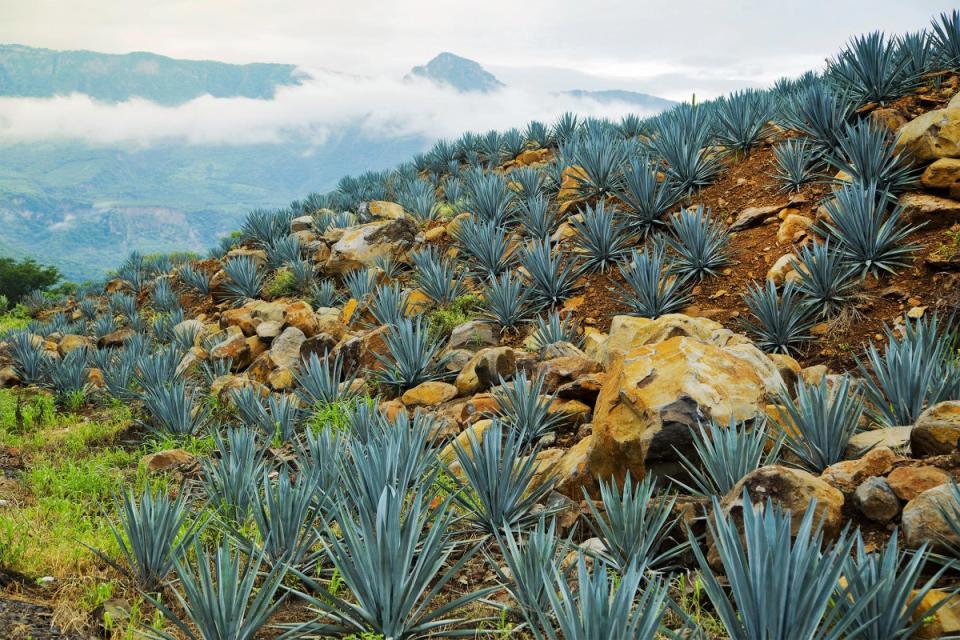Weird world heritage sites: How a site is selected by Unesco

The 11 bus, which passes through many of London’s landmarks, should be recognised as a Unesco world heritage site and receive special protection from the United Nations cultural organisation, according to bids made by Greg Hands and Nickie Aiken.
The MPs believe that adding the 11 bus to the list will offer another layer of defence for its future.
They think it should have the same standing as the French baguette, which President Macron praised when Unesco listed it as an example of “intangible cultural heritage” in November.
How a site or thing is selected by Unesco?
A location must be of universal importance and satisfy one of the selection criteria established by Unesco in order to be designated a world heritage site. A country's state party, or in the case of the UK, the Government, creates a preliminary list of things that should be taken into consideration for inscription.
The full criteria can be found on the Unesco website. World heritage sites were chosen using six cultural and four natural criteria up until the end of 2004.
How many heritage sites are there in the world?
A total of 1,157 world heritage sites, including 900 cultural, 218 natural, and 39 combined properties, are spread throughout 167 nations as of January 2023.
Here are some of the more strange sites scattered across the earth.
Tequila, Mexico

Since the 16th century, the plants that grow on the agave-covered landscape between the Tequila Volcano and the Rio Grande River have been used to make one of the world’s most potent drinks.
The number of distilleries that still dot this picturesque region is evidence of how well liked the spirit is. When you visit this area, you'll be able to witness remnants of the Teuchitlan people who once lived here, such as crumbling temple remains and terraced hills.
Fagus shoe last factory, Alfield, Germany
The 1911-built German shoe last factory's owner would be appalled by the success of Crocs, UGGs and Fitflops. Carl Benscheidt, the owner of Fagus, made it plain to the architects he hired that he wanted a place where his skilled employees would enjoy working. He also understood the value of a striking, bold structure as a marketing strategy.
Huge glass windows provide an abundance of natural light while also representing modernism and transparency, two concepts that Benscheidt was deeply committed to. The structure is thought to be the original manifestation of the Bauhaus style.
Berlin Modernist housing estates, Germany
Another important heritage site based in Germany is the six housing estates in Berlin. They are a wonderful representation of innovative housing policies implemented between 1910 and 1933, when town planners were keen to improve housing conditions for those on low incomes.
Each building is spacious, airy and surrounded by greenery. The residences were housed in structures of various shapes and sizes rather than being jammed into square blocks to maximise exposure to natural light, and splashes of colour bring the structures to life. The areas around the structures are accessible to the general public, and a select few tours provide guests access to the interiors of the buildings.
Vredefort Dome, South Africa
A six-mile-wide meteorite struck the planet two billion years ago, creating the 155 mile wide and three mile deep crater known as the Vredefort Dome. The "greatest known single energy release event" in human history occurred at this location, which is the oldest and largest meteorite impact site on Earth.
The Vredefort Dome Conservancy, which offers camping, hiking, rock climbing, canoeing and white water rafting, was established by local landowners.
Malpelo island, Colombia
The 350 hectares of Malpelo Island and the 857,000 hectares of surrounding sea are renowned for their natural beauty, top diving locations and sharks.
The 500 hammerhead sharks, 1,000 silky sharks, the uncommon short-nosed ragged-toothed shark, whale sharks and deepwater sharks that live in the waters are all protected because fishing is not allowed on or near Malpelo Island.
Stone Circles, Senegambia
The Stone Circles of Senegambia are the biggest series of megalithic complexes in the world, with over 1,000 circles and about 29,000 stone figures, and more than half of all known hominid remains.
The River Gambia site in western Africa is divided into four groups, each of which is 215 miles long and 60 miles wide. Although some of the circles' components have been dated to the third century BC, it is still unknown when they were built and what they were used for. All of the circles are situated close to burial mounds.

 Yahoo Finance
Yahoo Finance 